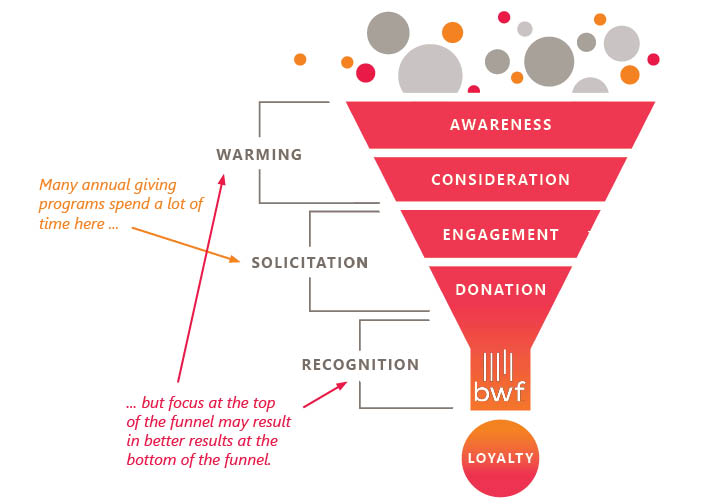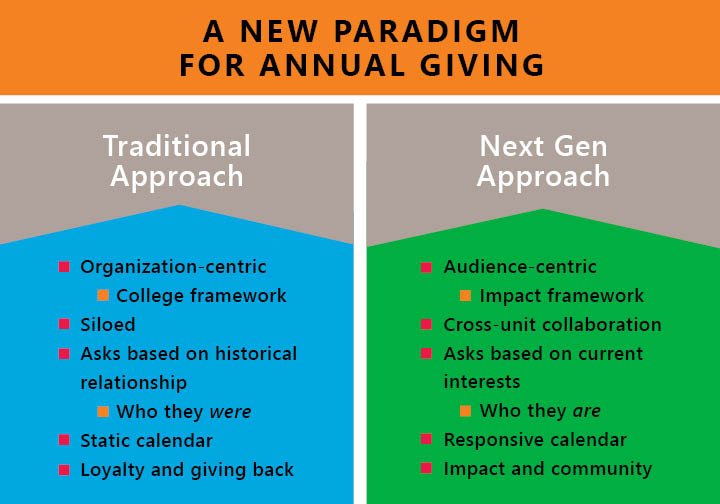After years of debate, US News & World Report finally announced the removal of alumni giving as a factor in national university rankings.
This follows advocacy from the Council for the Advancement and Support of Education (CASE) and a chorus of annual giving professionals who have long complained that the flawed metric incentivized transactional programs and caused long-term harm to higher education fundraising.
So what does this mean for the work we do?
The initial feeling among many advancement leaders may be relief. After years of declining participation we no longer have to worry about it—but not worrying would cause further harm to our long-term fundraising programs.
Because while chasing a percentage of alumni donors has sometimes driven institutions to bad practices, a strategic push for donor participation has never been a bad thing. It does matter how many people are giving. It does matter that participation is declining.
What was true in previous rankings eras remains true today. We should be building mission-aligned fundraising programs that build a community of passionate, loyal supporters who are with us for the long term.
Here are a few things you can do:
- Re-evaluate your objectives and metrics. If you’ve been heavily focused on the percentage of alumni who give, explore alternative measures of success. We recommend broadening your audience pool to ensure you are driving participation among more than just alumni. Beyond that, give more attention to metrics like retention rates, lead generation/referrals, and lifetime donor value.
- Rethink your tactics to ensure you are promoting sustainable relationships with donors. Focus on the top of the funnel with intentional engagement strategies for prospective donors. When people show you they are interested and become engaged, they’ll respond much better to your requests for support.

- Invest in donor experience management. There is much to learn from the for-profit sector in customer relationship management. How we respond once a donor makes a gift is a critical factor in whether they’ll ever make another one. Will we show our appreciation and demonstrate their collective impact? Or will we wait until the new fiscal year and simply go back to ask for more? Effective donor experience management depends on a commitment and investment by organizations.
- Update your message. This one is especially important if you’ve relied on rankings in your messaging (i.e., “your gift increases the value of your degree,” etc.). While it was true that alumni often responded positively to that notion, we will need to take a different approach if rankings are not influenced by alumni giving. Talk more about impact but even more importantly, talk about the community of donors to which your alumni can belong. Show them that people like us do things like this.
- Finally, get excited! This is the beginning of a positive change in the higher education fundraising sector. It is time to embrace the next gen annual giving model: a more audience-centric, responsive approach that builds a long-term community of supporters.
We can’t wait to see what comes next.
Need help talking through the big shift? Schedule a call with James or send him an email.





